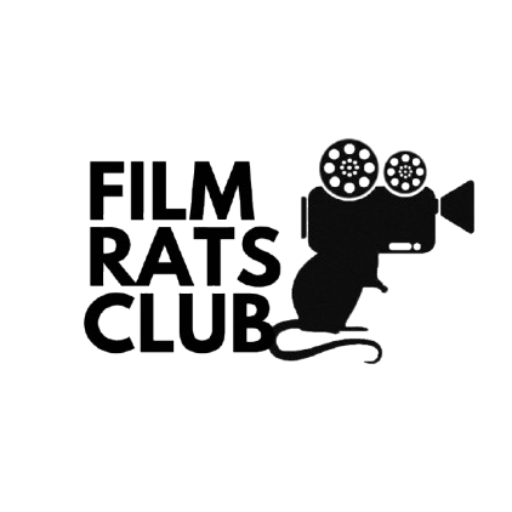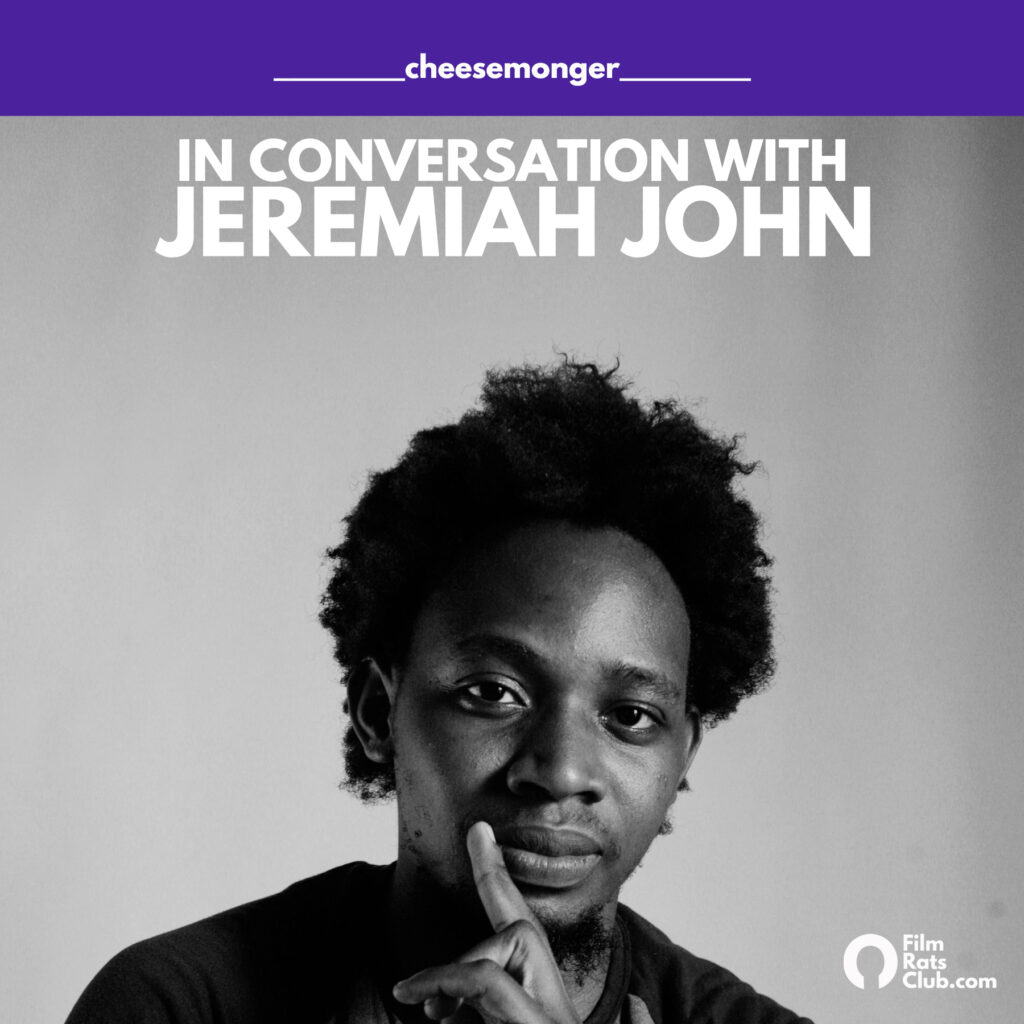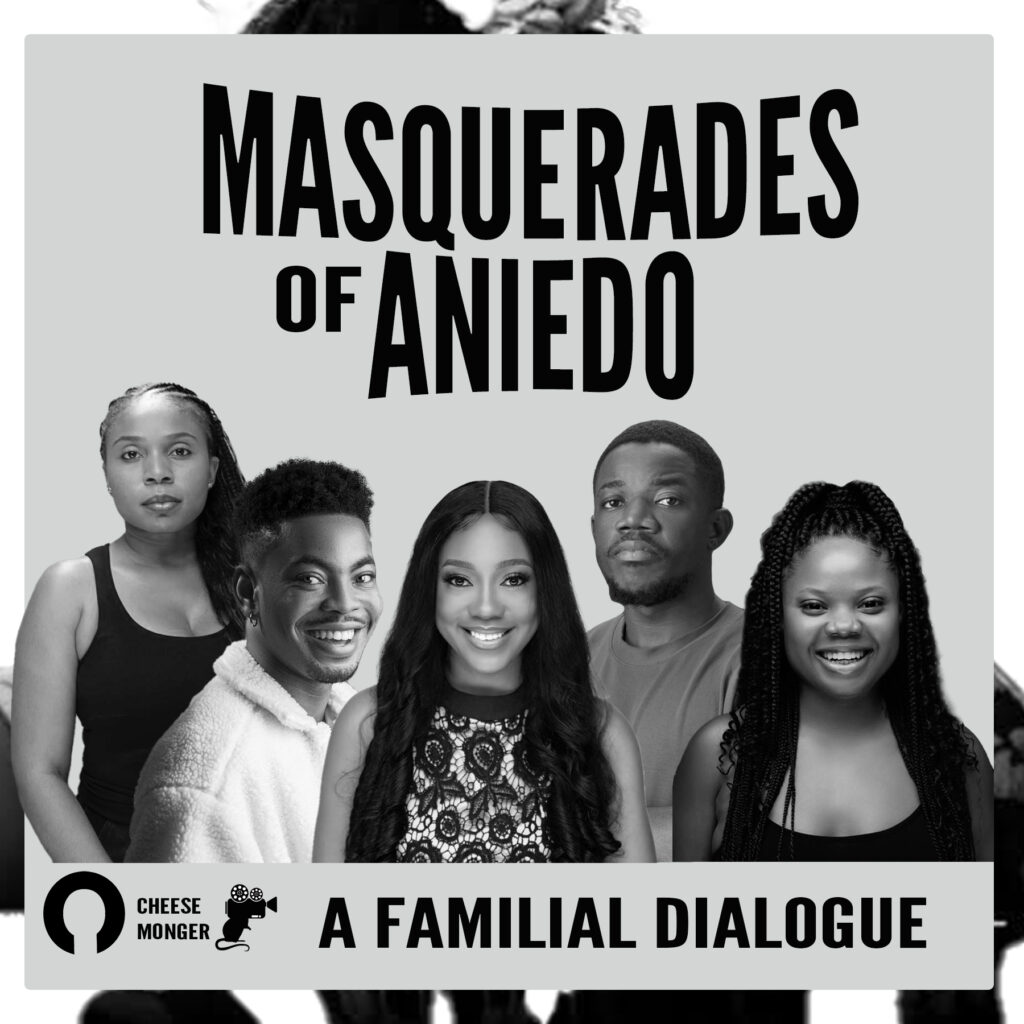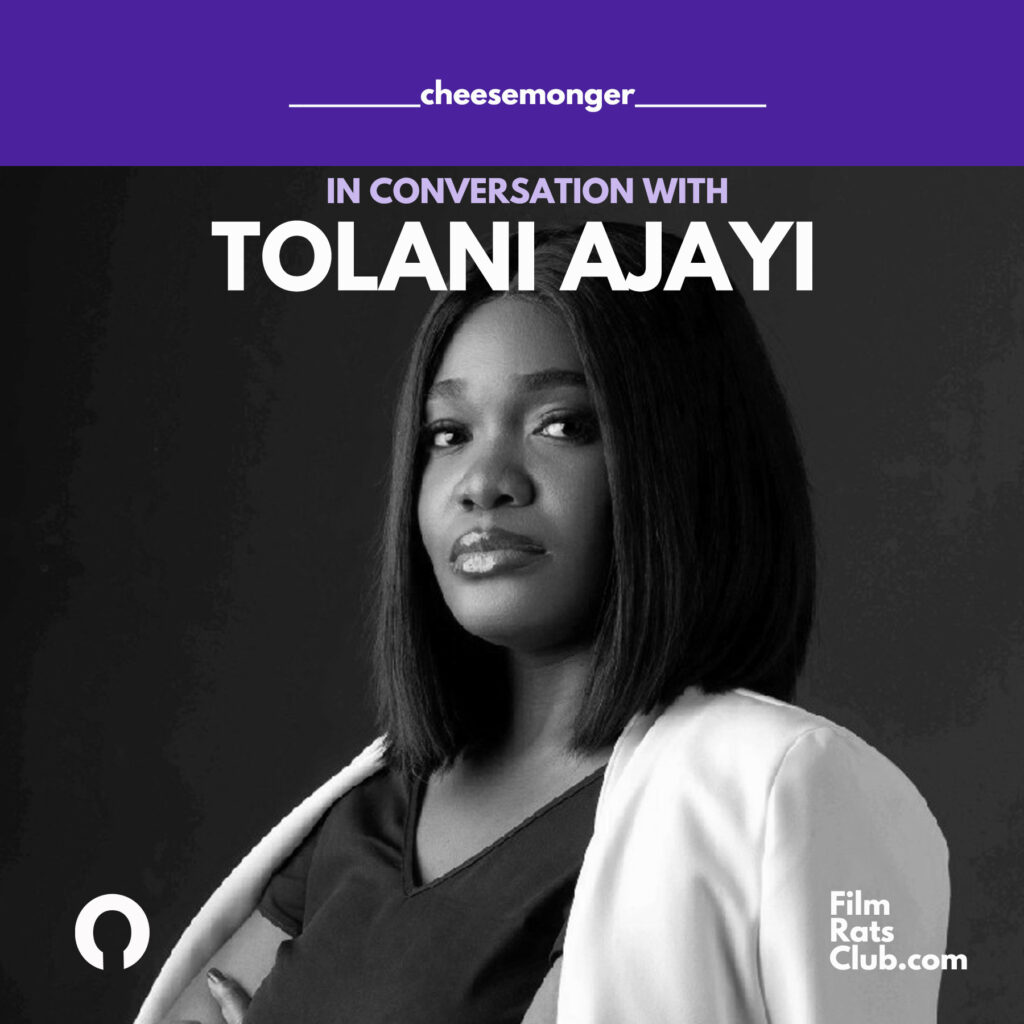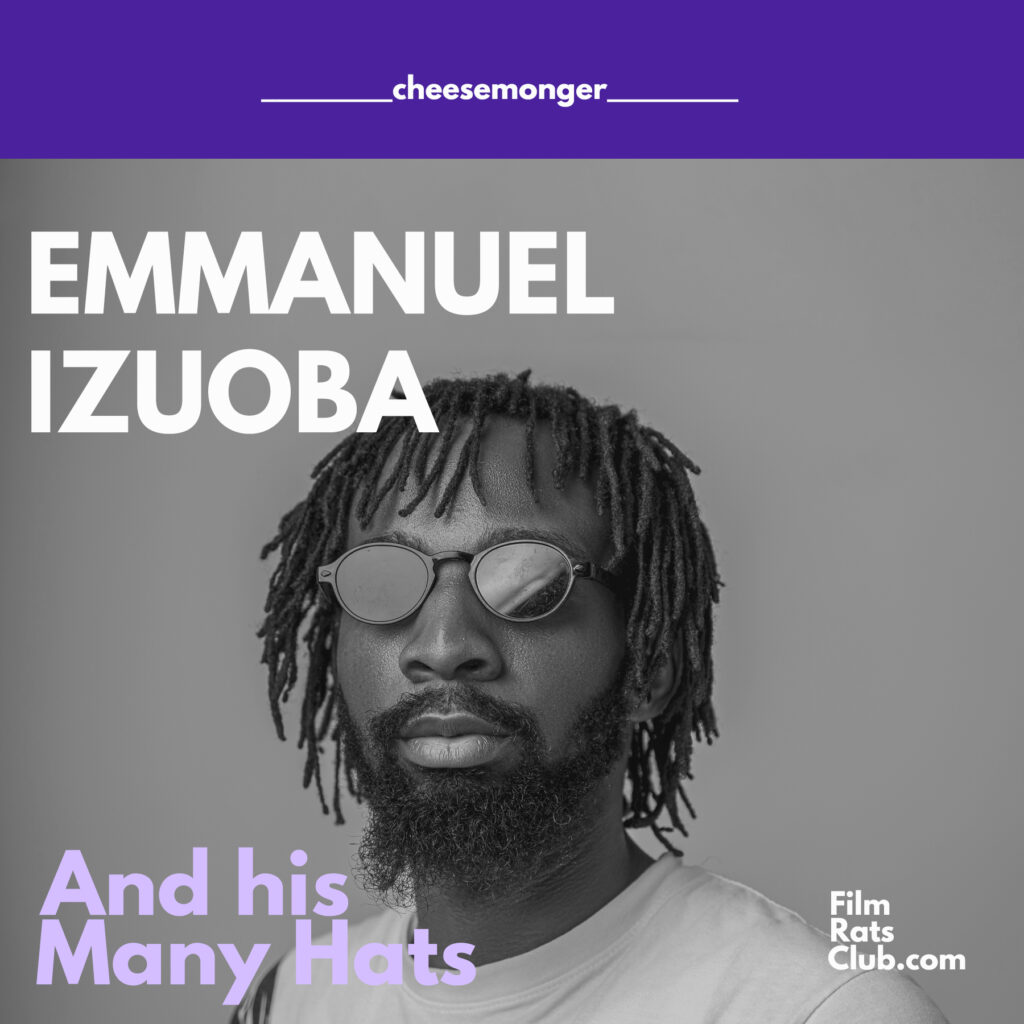Climberano: In Conversation with Jeremiah John
There is something unorthodox and unusual about the origin of this interview piece. It started with a single initiative taken by Jeremiah John, the director of the short film, to share a link to his recent experimental short film on the Film Rat’s community group chat. And in keeping up with the tradition of engaging works from members, John’s decision to share his work ignited a lengthy and intimate hour-long conversation between the director and two members – Isaac Ayodeji and ‘Chukwu Martin, of the group. While Ayodeji and Martin actively questioned the director on craft-related choices and decisions – casting, location, framing, and composition of shots, other members of the group were actively and passively taking notes. Climberano is John’s second short film project after JiSatsu. Although the film at first glance might seem to push viewers away with its narrative choice in look and style, however, when you give it a chance, you’ll notice John’s ability to embrace political tones. How the 29-minute-long short swerves from the personal story of the lead characters to a political and historical narrative is noteworthy. After watching the short, a question keeps coming to mind: “What if we are evil itself and our outward denunciation of evil is just a front?” The below conversation has been edited for clarity and length. ISAAC: Although I’m not a fan of the length, I enjoy the film and respect it. Some parts weren’t very clear but I guess that’s part of the idea. The more important thing for me is that your short does what I think short films should do: Experiment, Play around with ideas, and concretize an artistic idea. John, I’d like to know what inspired the story and the films you reference in the short. JOHN: Thank you for these. The idea was, first, to challenge myself to try something different from my debut one-location short. I wanted a film set on a mountain. Then I wrote the initial/indoor part. After this, I decided to expand it. From then, it kept expanding to embrace the mountain and the world around the film. Hausu and Knights of Cups primarily influenced the writing of the film. But when it was time to shoot, there were quite several challenges securing some locations. Due to this, I had to rewrite during the shoot. This affected the ending. Working on the film was a learning curve for me, being under pressure. ISAAC: Yes! I knew it. I noticed some Terrence Malick stuff going on there. And, sure, I can relate to the challenges you mentioned. The lesson I have learned is to make sure you write around locations you can control for now until you have the budget to manipulate stuff. JOHN: You can’t imagine! The way my first and second location options just fell through. ISAAC: Lol. E dey happen. Have you seen Ain’t Them Bodies Saints by David Lowery? JOHN: Nope. I’m adding it to my list. ISAAC: It’s a great watch. Although it was panned critically for whatever reason, it’s genuinely one of the best films I saw last year. It’s just so beautiful. I think that film is the best representation of cinema as poetry. The film does feel like poetry. So, your film Climberano, is 29 minutes long, why did you make something this long? Is it something you will do again? JOHN: Yes, it is long. I wanted to show as much as I could without telling so much. I can try and be leaner but if the story demands a little bit more, I’ll push for it. The world-building required a little more time to ground it, so I leaned into making it longer. ISAAC: I like naturalistic dialogue a lot. There was some deadpan humor (almost Lanthimos-esque) in the film. Not all the actors were convincing, however. The Fire guy wasn’t. His speech should have been delivered differently or maybe the actor should have been allowed to personalize the speech in the script. The production design is sparse, very sparse in fact. Deliberate too? JOHN: Yes. The design was deliberate. I wanted it to feel as minimalistic and normal as possible. And this calls to question how many people’s norms and answers aren’t universal. I didn’t want anything distracting, but it seems sparseness can be a distraction too. ISAAC: I think it was here, kinda. The sparseness is relentless. Almost aggressive. But if it’s a personal statement, I suppose it’s fine. I do wish you dug into the guy’s head a lot more. The Taiwo guy JOHN: Yes. And Stella too. All of the rewritten scenes were about her. She was supposed to be the main character in a way. ISAAC: Interesting. JOHN: The film was supposed to lean into her duality. And explore her relationships: past ones, her sexuality, and a bit of identity crisis. And the earth’s nonchalance. With the current film, I am a bit subtle about it, hoping the audience can deduce some of these. ISAAC: Interesting. Very interesting. I got hints about her identity (especially her sexuality). But because the film presents Taiwo as the main character, and we are forced to examine the story through him, it makes it somewhat difficult. I could be wrong about this or maybe I need to sit with the film again. JOHN: Taiwo was the better POV given the new challenges I encountered. Behind Taiwo, I could hide so many things and not be so direct. ISAAC: I get this. I have a question. It’s not just about this film but about indie films generally (or films where it’s clear that the director intends to communicate a very individual/idiosyncratic style). It’s about maintaining the balance between dramatic tension and narrative looseness. I know these two shouldn’t necessarily be at odds. But still, I find them clashing a lot while writing or just thinking about stories. JOHN: It’s very easy to indulge oneself when writing and begin incorporating “narrative looseness.” I like drama. I think in the
